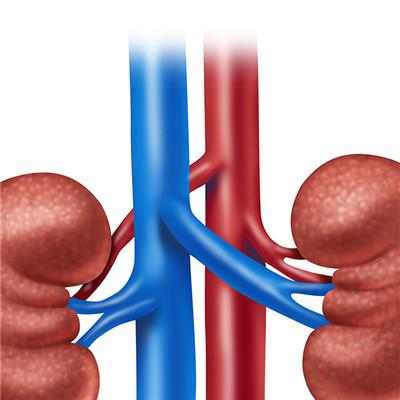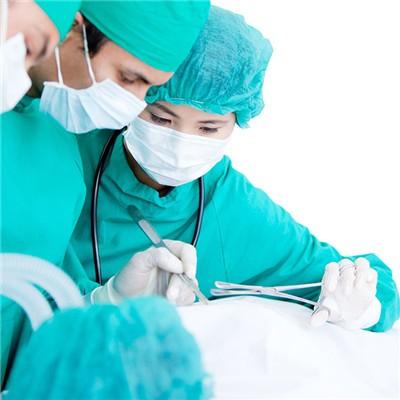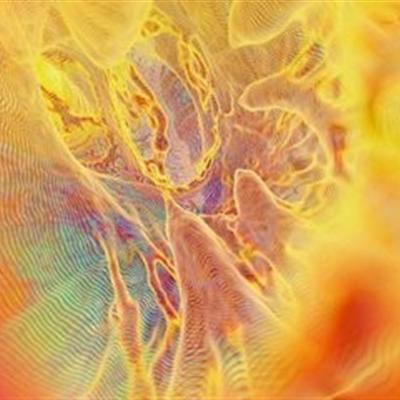Multiple fibrous dysplasia in children?
summary
Fibrous dysplasia is a benign tumor like differentiation of fibrous bone tissue. Single focus bone lesions are common. It often occurs in the period of rapid growth of bone in adolescents, and can expand and develop throughout life. Multiple fibrous dysplasia (MFD) is a multiple lesion adjacent to the bone. The predilection sites were proximal femur, tibia, humerus, rib and cephalic bone, and other bones in the whole body. The lesions affect the strength of bone, and repeated pathological fractures cause deformity. With precocious puberty, CAF é- The multifocal fibrous dysplasia of au lait spot is called Albright's syndrome.
Multiple fibrous dysplasia in children?
Fibrous dysplasia usually has no autonomic symptoms and is often found unintentionally during X-ray examination. However, pathological fracture often occurs in the focus of weight-bearing bone, delayed healing, nonunion is often its refractory complications.
The typical x-ray findings of fibrous dysplasia were ground glass like and stromal lamellar appearance of long bone, and the surrounding tissue structure was normal. It may also be manifested as low-density degenerative osteitis, accompanied by increased density and sclerotic focus. Repeated fracture healing of proximal femur formed a typical "shepherd's crutch sign".
The general appearance of the lesion was gray rubber like tough tissue. There is a sense of gravel in the section, which is due to the scattered trabecular bone structure. Under the microscope, a large number of irregular mixed woven bones were formed in the fibrous stroma of the cells, and the fibrous matrix was turbine or layered arrangement, and rich in blood vessels. In short, the irregular bone like components without separation of osteoblasts are described as "Chinese liters" or "alphabet soup" according to their shapes. There was no lamellar bone structure in fibrous dysplasia, but an immature bone island formed by intramembrane osteogenesis.
matters needing attention
Biopsy was performed to confirm the diagnosis. Asymptomatic lesions do not need surgery, pay attention to observation. If there is a risk of deformity or fracture, operation should be considered. The recurrence rate of curettage is very high. Painful long bone lesions can be treated with cortical bone and internal fixation.











